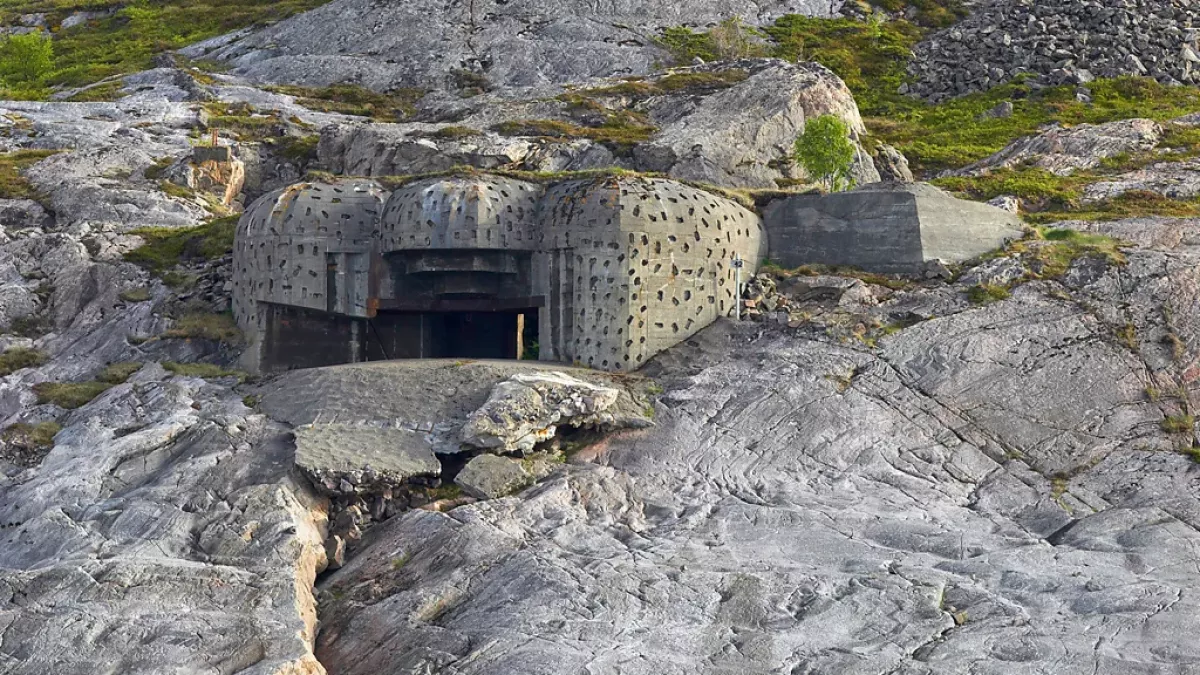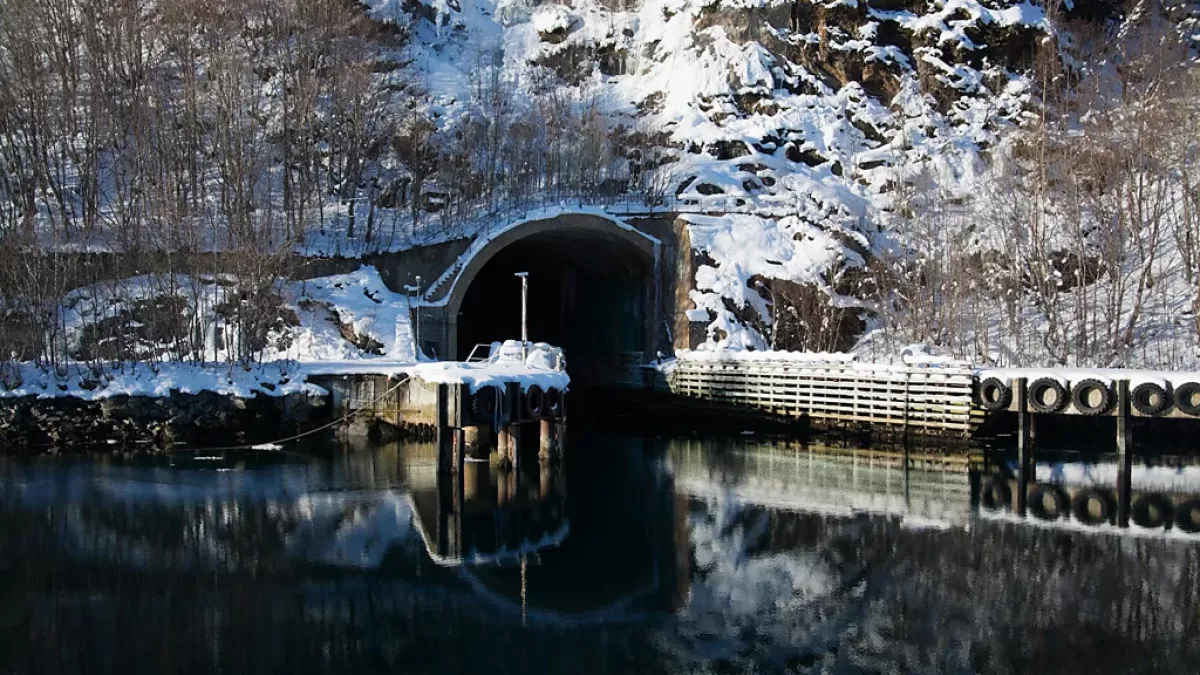Norway reactivates Cold War bunkers amid rising tensions with Russia
Norway is revitalising its Cold War-era bunkers, originally built to house around 3,000 underground military facilities, in response to growing security concerns over Russia.
Now, with conflict raging in Ukraine and Moscow’s military activities increasing in the Arctic, Norway has begun reactivating two of its most significant underground bases: Bardufoss Air Station and Olavsvern Naval Base, Caliber.Az reports per foreign media.
Bardufoss Air Station, originally built in 1938 and later used by German forces during World War Two, became a crucial asset for Norway’s air defence against the Soviet Union. Carved into a mountain, its hangars shielded Norwegian fighter jets from potential attacks. However, the base was decommissioned nearly four decades ago.
Now, upgraded and operational again, Bardufoss will enhance the survivability of Norway’s fleet of F-35 Lightning II fighter jets. The base aims to counter threats such as drone attacks, which have proven highly effective in modern warfare, particularly in Ukraine.

Meanwhile, the Olavsvern Naval Base, located north of the Arctic Circle, is also undergoing reactivation. Originally funded in part by NATO during the Cold War, the facility features an underground command centre, a deep-water dock, and a 3,000-foot-long (909m) tunnel protected by thick rock.
Following its decommissioning in 2009, the base was controversially sold in 2013 to private investors, who allowed Russian research ships to access the site. However, in 2020, WilNor Governmental Services, closely tied to the Norwegian military, reclaimed the base. Since then, upgrades have been underway, and the US Navy has expressed interest in deploying its nuclear submarines there.
Norwegian security analysts point out that Russia’s aggressive stance did not begin with its 2022 invasion of Ukraine. Andreas Østhagen, a senior research fellow at the Fridtjof Nansen Institute, highlights that Moscow had already begun strengthening its Northern Fleet and resuming Arctic military exercises between 2006 and 2008. "Putin’s Russia is not the Soviet Union," he notes, "but from a Norwegian security point of view, the same challenges persist. How do you deter Russia and, if necessary, how do you fight it?"

The trend of revitalising Cold War bunkers is not exclusive to Norway. Russia itself has reactivated around 50 Cold War-era bases in the Arctic. Similarly, Sweden has reopened its underground naval base on Muskö Island, and China has built massive underground military facilities, including a submarine base on Hainan Island and a vast command centre near Beijing. Iran has also showcased its "underground missile city" in the Persian Gulf.
Despite these developments, experts remain divided on the viability of Cold War-era bunkers in modern conflict. Paul Ozorak, author of Underground Structures of the Cold War, argues that while underground facilities provide protection from air attacks, maintaining them is prohibitively expensive. Many decommissioned sites have been stripped of equipment, flooded, or degraded, making reactivation a costly endeavour.
However, in the face of rising tensions, some governments are taking underground defence seriously. The UK, for example, continues to use Cold War-era bunkers such as RAF Air Command and Northwood Headquarters. Some decommissioned British bunkers, including parts of MOD Corsham, remain secretive, with the possibility of reactivation without public disclosure. Additionally, in a sign of renewed caution, the British Cabinet Office has reclassified Cold War-era nuclear war planning documents, citing national security concerns.
As geopolitical tensions rise, nations are reassessing the strategic value of underground military infrastructure. Whether such sites prove indispensable in a future conflict remains to be seen, but for now, Norway is betting on its Cold War bunkers once again.
By Aghakazim Guliyev








